The Beginner’s Guide: The Duplass Brothers, Directors, Writers & Actors
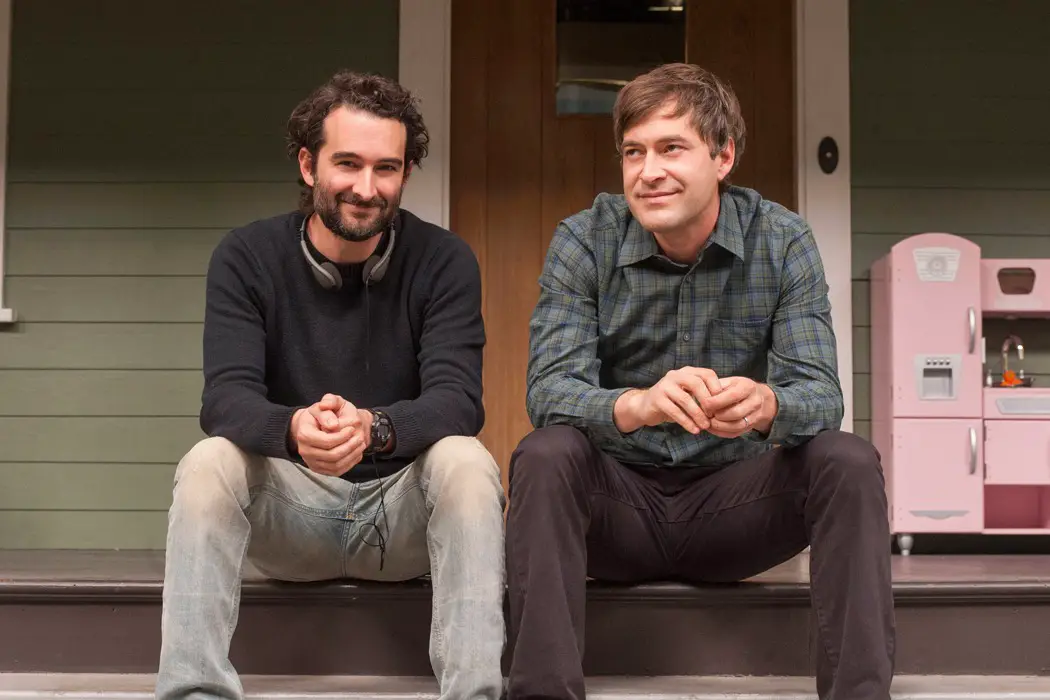
It took me a while to discover the wonderful world…
Jay Duplass: I love Cassavetes, and want to make films like that, but funny.
Mark Duplass: John Cassavetes was my hero growing up, he would act in big movies and go and make these great, weird movies with his wife. That’s the recipe.”
In my last Beginner’s Guide, I wrote about the godfather of American Independent Cinema, John Cassavetes, and how his legacy has continued long after his death.
The Duplass Brothers arguably have the best claim on the Cassavetian mantle. Directors, writers, actors and producers, over the twelve years since the release of their first feature film, their names have become synonymous with quality American Independent Cinema.
Born in New Orleans, the brothers spent their childhood making short films, with Mark in front of the camera, and Jay behind. They both went on to study at the University of Austin, Texas, with Jay getting a Master’s degree in Film.
They continued making short films after graduating, Austin having become a particularly cine-rich area following the huge success of local hero, Richard Linklater. This Is John, with Mark playing a man who has an agonizing time trying to record an answering machine message, got accepted into the Sundance Film Festival in 2003. Two years later, their first feature, The Puffy Chair, also got accepted. And they were off…
The Puffy Chair (2005)
(Produced, written and directed by Jay and Mark, starring Mark)
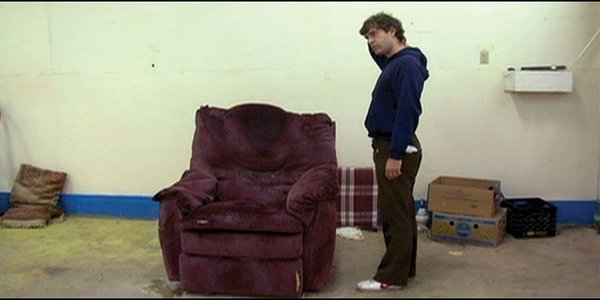
In the midst of a tricky time in their relationship, Emily (Katie Asleton), Josh (Mark) and his brother Rhett (Rhett Wilkins) go on a fateful road trip to deliver a purple, puffy, vintage LazyBoy chair to Josh and Rhett’s father for his birthday.
The Puffy Chair sets the pattern for the Duplass Brothers’ future work. A small cast, composed largely of friends and family (Mark’s then girlfriend plays his film girlfriend, the Duplass’s parents make an appearance at the end of the film). A low-key story. The dialogue was largely improvised.
These are all traits they share with Cassavetes, as well as the other films of the ‘Mumblecore’ movement; in fact another name for the creators of Mumblecore are the ‘Slackavetes’. Roger Ebert, for one, was not a fan, calling the movement ‘not an earthquake like the French New Wave, more of a trembling in the shrubbery.’
Though this was written as an insult, this ‘trembling in the shrubbery’ speaks to the subtlety of the Duplass’s work. Their focus is small, their interest is not in grand monologues but in regular, relatable characters who speak how people actually speak. Though the delivery of a chair isn’t exactly the most pulse-racing plot description, the surprising emotional depth it covers with such a simple premise marked the brothers as ones to watch.
Baghead (2008)
(Produced, written and directed by Jay and Mark )
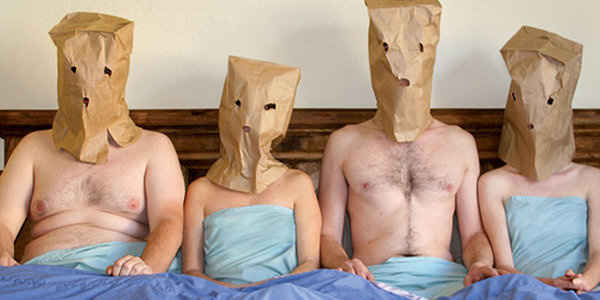
Matt (Ross Partridge), Chad (Steve Zissis), Catherine (Elise Muller) and Michelle (Greta Gerwig), are four actor friends in desperate need of work. They decide to head out to a cabin in the woods to work on a screenplay. But then their idea- a horror movie about a man with a bag over his head attacking a group of friends- starts to become reality.
After the tremendous success of The Puffy Chair, there was a lot of interest in the Duplass Brothers’ second movie. Though they had interest from studios, they were certain that self-financing was the best fit. Mark, in an interview with Cinefantastique; ‘This movie is a delicate, weird little thing. It’s a comedy, a relationship movie, and it’s got some horror elements. That is a f*cking marketing nightmare, quite frankly. I don’t think any studio wants to make that, per se. So it just made sense: Let’s just make this thing.’
Their second movie has been labelled a horror film, though it doesn’t have much in common with conventional horror movies. Though there are scary moments, they are not the focus of the film. There is more drama around the relationships of these characters, and who will end up with who, then there is about who will be killed next. The Puffy Chair explored a couple’s static relationship through the delivery of a chair, Baghead explores a group of friends and their static careers through the mies-en-scene of a horror film. Both movies, though different in form, are about how the characters move past their respective ruts.
Jeff, Who Lives At Home (2011)
(Written and directed by Jay and Mark)
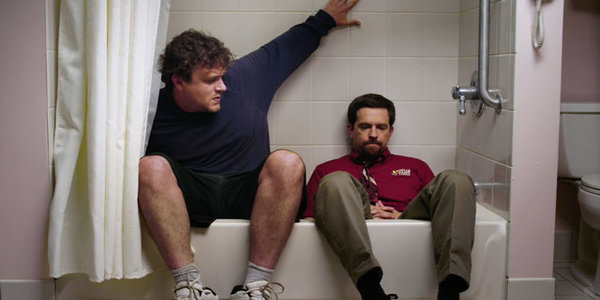
Thirty-year old Jeff (Jason Segel), lives in his mother Sharon’s (Susan Sarandon) basement. When he finds evidence his brother Pat’s (Ed Helms) wife (Judy Greer), might be cheating on him, the mismatched siblings go on a detective mission. Meanwhile, at the office, Sharon has a fact-finding mission of her own, after she receives an anonymous admiring message.
In 2010, the Duplass Brothers made Cyrus, their first film with a major studio. Jeff, Who Lives at home was their second. Though both films were critically well-liked, they didn’t work with a major studio again. Mark explained, in an interview with Indiewire: ‘You’re taught — consciously or sub-consciously — to make an indie so you can get through that terrible process and get to Hollywood, I realized when I got there, oh no, I think I’m better over here.”
Jeff, Who Lives At Home maintains its essential ‘Duplassiness’, despite the studio financing. There are concessions made. There’s obviously a bigger budget, and better-known actors. There’s more of a conventional plot than is often found in their films. However the central themes are the same as usual. In their own way, Jeff, Pat and Sharon are all just needing to move past their own times of stasis, much like the characters in The Puffy Chair and Baghead.
Creep (2014)
(Produced, written by and starring Mark)
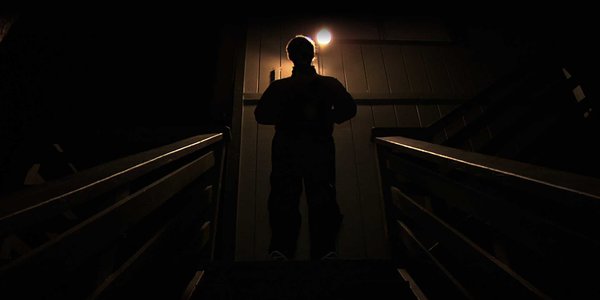
Videographer Aaron (Patrick Brice), answers an advert for a cameraman, and sets off to a remote woodland cabin, to meet his employer, Josef (Mark). Josef explains that he is dying, and he wants to record a video for his unborn son. Aaron initially accepts this explanation, but the more time they spend together, the stranger Josef becomes, and Aaron starts to wonder what is really going on.
Creep is the second sort-of-horror film in the Duplass oeuvre, though it is very different from Baghead. Directed by first-time director and friend, Patrick Brice, the film is shot as a found-footage movie. Though that method had been deemed by many as dated, the film was well-received, Duplass’s crazed lead performance coming in for particular praise.
Though on the face of it, Creep appears to be a more conventional horror movie than Baghead (just compare the two endings!), there is more going on here. All of the Duplass movies use improvisation to some degree, and with Creep this was a major factor in the development of the story.
‘We built the movie out of a series of conversations together. What if we put together an outline and start shooting this thing? We accepted it was going to be a mess and, basically, refine it while we’re shooting as opposed to refining it while we’re writing. It’s an arts and crafts project. [laughs] Which was very liberating and very fun. For a year and a half, we’d shoot, edit, show it to people, see what landed. Shoot, come back…it was really fun.’ Mark, comingsoon.net
Though Creep may look different to what you imagine from a Duplass movie, wash away the blood from the surface, and it starts to look a lot more familiar. Mark lists influences for the film as My Dinner with Andre, Fatal Attraction and Misery – ‘character-driven dramas that are, at their heart, two-handers.’ And in that sense, the film fits in with everything the Duplass Brothers have made before.
Blue Jay (2016)
(Produced by Jay and Mark, written by and starring Mark)
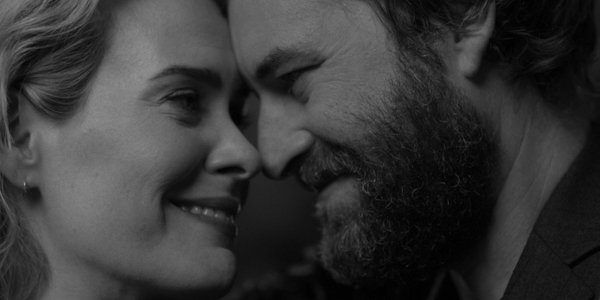
Jim (Mark) and Amanda (Sarah Paulson), meet for the first time in years in a supermarket in their childhood Californian home. She’s married with kids and home for Thanksgiving, his mum has just died, and he’s back to sort her house out. They get to talking, and through a long day and night, their shared history comes racing back to the surface, opening long-buried emotional wounds.
Helmed by first-time director, Alexandre Lehman, shot in black and white, and once again a two-hander, it’s a simple, deeply affecting film, which feels a little more grown up then any Duplass movie to date. It feels like a film they’d have only been able to make at this point in their lives; nostalgic and full of pathos, albeit with the usual Duplassian humor.
In 2015, Mark and Jay signed a deal to produce four movies for Netflix. Blue Jay was the first of these four. This Netflix pairing suits the brothers’ films down to the ground. As Olivia Armstrong put it in her article for decider.com, Duplass movies have a ‘night-in feel’; ‘If you’ve heard or seen anything with the Duplass touch, it’s been while scrolling through Netflix rather than sitting in a $14-dollar theater seat.’
It’s not that their movies don’t look good on the big screen; Blue Jay in particular has some of the most arresting cinematography of any of the brothers’ work. It’s just that their very particular brand of smaller, more intimate storytelling seems more at home on a laptop or a TV than it would in the same place you’d go to watch the latest big-budget, effects-heavy Hollywood action film. And the massive existing Netflix subscriber base means a lot more people get to watch their films too.
What’s Next?
The Duplass Brothers seem to have moved on from the director’s chair, their last helming credit being for 2012’s The Do-Deca-Pentathlon (though they both directed all the episodes of their tragically short-lived TV show, Togetherness).
In recent years, most of their credits have been as executive producers. They’ve produced many of the biggest independent films of the last five years: Safety Not Guaranteed, The One I Love, The Skeleton Twins, Tangerine, 6 Years, The Overnight, Adult Beginners and Bad Milo! .They’ve also produced the new HBO animated show Animals.
The Duplasses are still working on their own projects. There are two sequels to Creep in the pipeline, with the first due out later this year. They are writing a new TV show, Room 104, about the various occupants of the same hotel room. Their next screenplay is for wedding comedy, Table 19. Due out in April, it stars Anna Kendrick, Lisa Kudrow and Stephen Merchant.
The Duplass Brothers have become such an integral part of the indie scene, it’s surprising they’ve only been making movies for a little over a decade. And just as the films of John Cassavetes inspired them, their work is inspiring countless others to pick up a camera, or start writing that screenplay that’s been rattling around in their head. With a full slate of projects ahead of them, and Netflix exposing an ever widening audience to their films, the influence of the Duplass Brothers looks to grow and grow for years to come.
Does content like this matter to you?
Become a Member and support film journalism. Unlock access to all of Film Inquiry`s great articles. Join a community of like-minded readers who are passionate about cinema - get access to our private members Network, give back to independent filmmakers, and more.
It took me a while to discover the wonderful world of cinema, but once I did, everything just fell into place.













